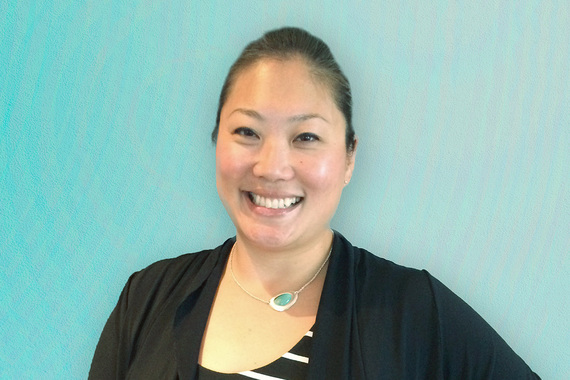In 2002, I thought the hardest thing I would ever do would be to force my body to exit a perfectly good plane. I'm afraid of heights: I get sweaty palms in all-glass elevators, a slight feeling of nausea on Ferris wheels, and a need to stand glued to the wall of any balcony higher than 10 stories.
It was hard. There was air pushing against my face with the force of 10,000 hairdryers, while every cell in my body was screaming against the will of my brain to remain in the plane. When the time came, I took the literal and proverbial leap and fulfilled my (then) life-long dream of skydiving.
The feeling of elation at accomplishing something I never thought I could do was short-lived.
I had a "bad" landing. In skydiving terms, bad landings are often critical and can be related to a parachute not opening. In my case, the parachute opened, but I landed with the force of jumping off a 6-story building, which resulted in several of my vertebrae crushing together on impact.
I spent three months in a back brace and the better part of a year in physiotherapy until I could put on shoes and socks without using hangers. I was off work for four months. Despite the gruel of the daily grind (showering was a challenge without assistance), nothing could have prepared me for the biggest challenge of all: returning to work, as a woman from non-maternity leave.
When I returned to work, I had hopes of a speedy integration back into work life. Work was difficult after my back brace came off, since I could not sit in a chair for more than 90 minutes. There were a few changes made that helped me to acclimate to my previous role: modified duties, which reduced physical in-chair time, and knowledge-transition meetings for changes to processes, products and role responsibilities. Despite these changes, I did not feel like a valued and contributing member of my team.
I sensed the discomfort and disbelief of those around me. Ultimately, I began to resent that counterparts returning from medical leave, also on modified duties, did not seem to experience the same isolation and discountenance that I perceived.
Years later and now at global professional services company Accenture, I recognize there were critical activities that could have paved a smoother journey for my return to work:
- Open dialogue between manager and employee: What is the employee capable of? What interests them? Where do they need the most support?
- Standard expectations for employees returning to work: Man or woman, maternity or medical leave-defined expectations for the role when modified to account for specific needs. The idea of "fairness" needed to be more than a perception, it needed to be a practice.
- Regular checkpoints: Integration progression, boredom, challenges and career growth are all topics that will help to keep returning employees motivated and part of the team.

